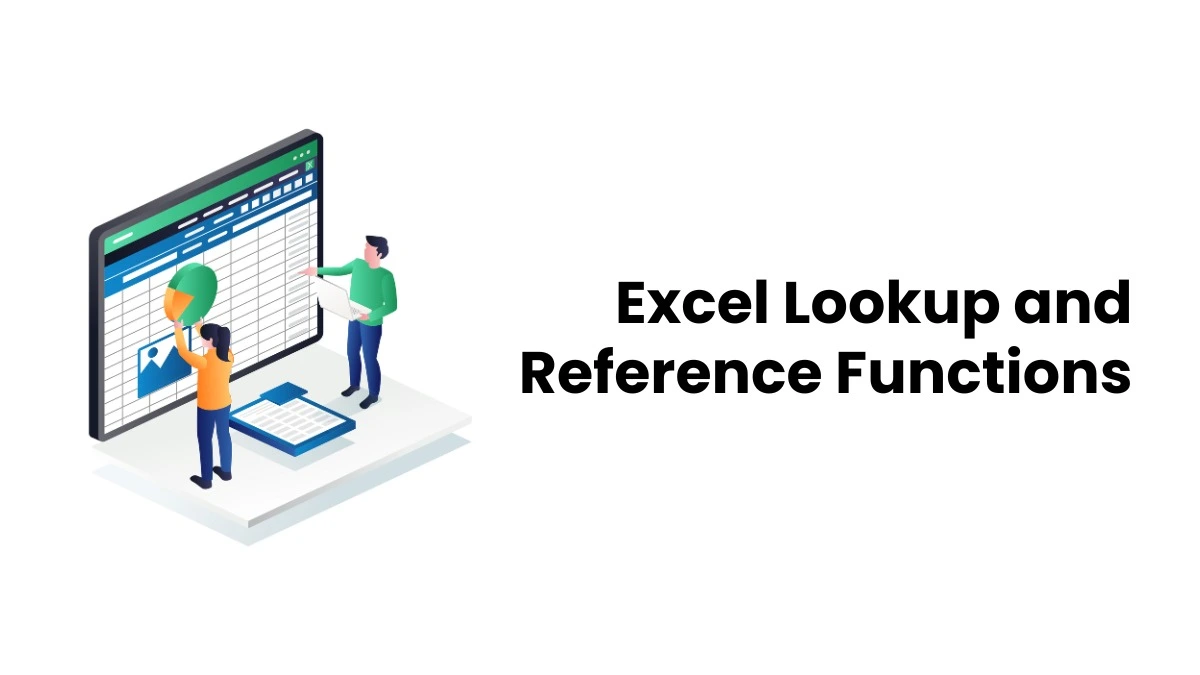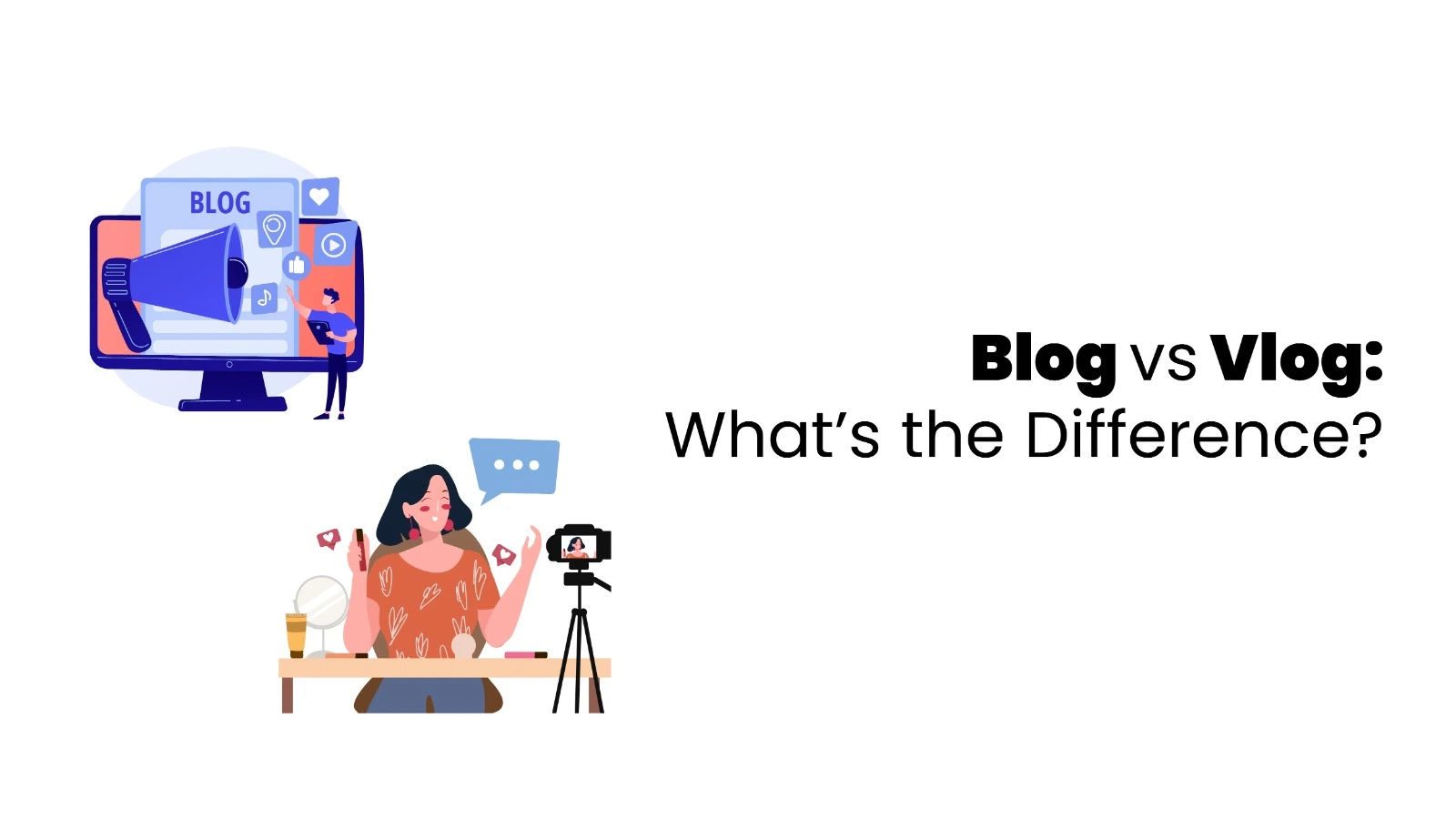Accounting practices have evolved significantly over time. There are several differences between modern accounting and traditional accounting. The most significant difference is the speed and accuracy of reporting. Traditional management accounting focuses on analyzing, summarizing, and recording expenses without trying to understand why expenses change.
Modern accounting not only records and summarizes expenses but also looks at why expenses change and what causes these changes. Earlier days, companies faced less competition, so they didn’t need detailed expense analysis. With more competition, companies need to understand expense drivers to control costs effectively.
Modern Accounting
Modern accounting lets companies record their expenses, sort them into different categories, and analyze them at every stage of business or production. By setting and reaching goals, companies can better track their costs, adjust them according to external conditions, and align their expenses with their overall business strategies.
Reducing Manipulation
Modern and traditional accounting is used to reduce manipulation. Traditional accounting recorded expenses when a product was sold, which allowed managers to manipulate the production process for bonuses. Modern accounting records expenses as they happen, reducing opportunities for manipulation.
Gaining Competitive Advantage
Modern accounting also helps companies gain a competitive edge. Companies can identify their strengths and weaknesses by understanding their expenses and analyzing external factors. This allows them to address weaknesses and build on strengths to stay ahead of the competition.
Modern Management Accounting Techniques
Modern accounting and traditional accounting differ in their handling techniques. Companies break down expenses into categories, record them quickly, and estimate future costs. Here are some techniques companies can use to manage their expenses:
Standard Expensing System
This system lets companies estimate the cost of materials, labor, and overhead before starting a project. After completing the project, they compare the estimated and actual costs to identify differences. Standard expensing makes it easy to calculate and record production expenses based on these estimates. Afterward, the company analyzes the differences and adjusts the records. If the actual costs are lower than the estimates, it results in favorable, preferred variances.
Activity-Based Expensing (ABC)
Activity-based Expense (ABC) is an intelligent way to manage costs by dividing them into smaller, detailed categories. This helps companies see which costs are necessary and which are wasteful. By looking closely at these detailed categories, companies can better control their expenses and focus on the most important ones. ABC also helps companies eliminate unnecessary activities, making their expense structure more efficient.

Traditional Accounting
The traditional approach to financial accounting categorizes accounts differently than the modern approach, which uses the accounting equation. The conventional approach divides ledger accounts into “Personal” and “Impersonal accounts.” The rules for debit and credit in this approach are known as the golden rules. Here’s how the accounts are classified:
Classification of Accounts
- Personal accounts
- Impersonal accounts
Personal Accounts
Modern accounting and personal accounting differ. Personal accounts are related to individuals or entities. These are further divided into:
- Natural persons
- Artificial persons
- Representative persons
Natural Persons
Natural persons are individual human beings. Accounts-related to people fall into this category, such as:
- Debtor’s Account
- Creditor’s Account
- Proprietor’s Account
- Proprietor’s Capital Account
- Proprietor’s Drawings Account
Artificial Persons
Artificial persons are not human beings but have a legal identity and can act like people in legal matters. They can make agreements and be held accountable. Examples include:
- Hindu Undivided Families (HUFs)
- Partnership Firms
- Cooperative Societies
- Associations of Persons
- Companies
- Municipal Corporations
- Hospitals
- Banks
- Government Bodies
Representative Person
Representative persons are accounts that stand in for other accounts. These can be related to either natural or artificial persons. They often include accounts for expenses and incomes that are:
- Outstanding (e.g., Wages Outstanding Account)
- Pre-paid (e.g., Pre-paid Rent Account)
- Accrued (e.g., Accrued Interest Account)
- Unearned (e.g., Unearned Commission Account)
Impersonal Accounts
Impersonal Accounts are different from Personal Accounts. They are divided into two main types:
1. Real Accounts
Real Accounts include all the business’s assets and liabilities. They are permanent and are not closed at the end of the year; their balances are carried over to the next year and appear in the Balance Sheet.
Tangible Real Accounts
These are assets you can see and touch. Examples include:
- Building Account
- Furniture Account
- Cash Account
Intangible Real Accounts
These are assets you cannot see or touch but still have value. Examples include:
- Goodwill
- Patents
- Copyrights
- Trademarks
2. Nominal Accounts
Nominal Accounts track expenses, losses, incomes, and gains. They are temporary accounts. At the end of the year, their balances are moved to the Trading and Profit and Loss Account. They do not carry any balance forward to the following year.
Modern Accounting Vs Traditional Accounting
Let’s read about some key differences between traditional and modern accounting;
Speed
The most significant difference between traditional and modern accounting is how fast they work. With accounting software, you enter data once, and it’s saved. The software provides reports quickly, so you no longer have to wait days or weeks to know if your business is making a profit. With modern accounting, you can access information in minutes and use it for reports and analysis.
Accuracy
Modern systems are much more accurate than traditional, manual systems. In manual accounting, you had to add columns, move numbers from one page to another, and manually compile financial statements. If there were errors, it took a long time to find and fix them. Accounting software eliminates this problem. Even if you need to add simple formulas to accounting spreadsheets, the process is easier and more accurate. Using a modern system dramatically improves efficiency.
Costs
Manual accounting with paper and pencil is cheaper than using computers and software. However, many businesses now prefer modern accounting because computers and software are affordable and easy to use. Finding employees who know how to use these systems is also easy.
Backups
With a manual system, there is a risk of losing important papers. If they are damaged or destroyed, you might need to redo the work, which can be costly and time-consuming. Modern accounting allows you to back up your work on a CD, hard drive, flash drive, or online. Many businesses backup their data every night. If something goes wrong the next day, you can restore the data from the backup.
Considerations
Using a modern accounting system keeps all information organized on the computer. It’s much easier to find and access information compared to traditional methods. You can quickly search for specific data using the system’s “find” or “search” function. For example, finding vendor information in a manual system can take a lot of time and many steps. Still, in a modern system, you can get the information quickly and easily, without much hassle.
If you want to dive deeper into accounting, check out Finprov Learning. We offer a variety of accounting courses after graduation, including CBAT, PGBAT, Income Tax, Practical Accounting Training, PGDIFA, DIA, GST, SAP FICO, Tally Prime, MS Excel, and more. Our best accounting courses are designed for graduates and professionals, providing a comprehensive learning experience.
At Finprov, we go beyond just teaching theory. We offer practical, hands-on training to help you develop real-world skills. Our accounting courses with job placement provide placement assistance to help you start your career after completing our courses. Contact Finprov today to discover more about accounting opportunities and advance your knowledge for a successful future.










